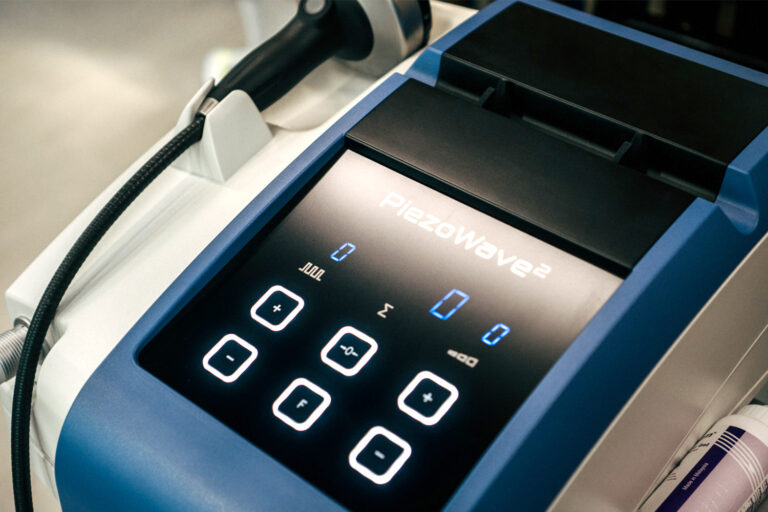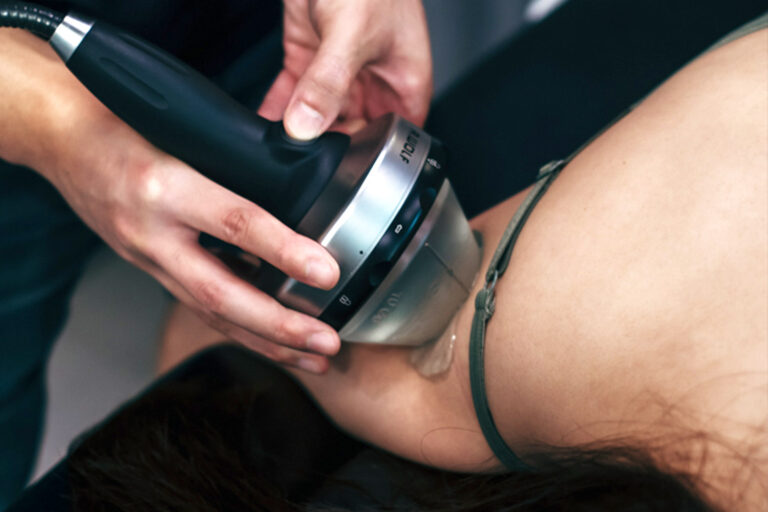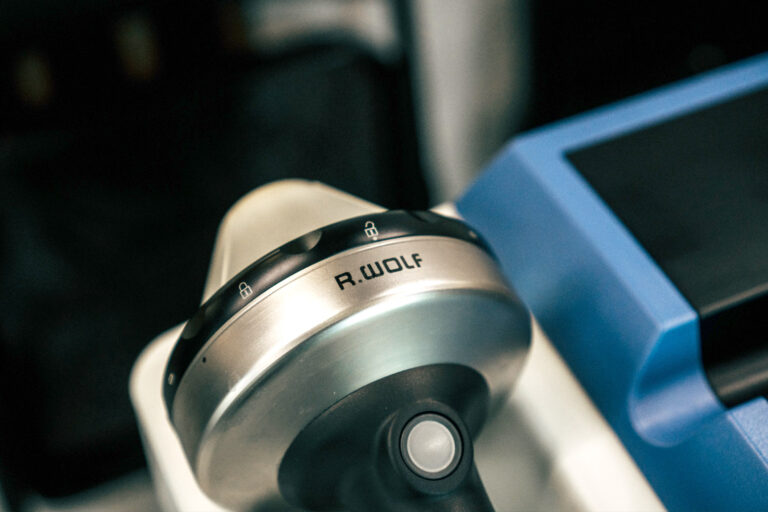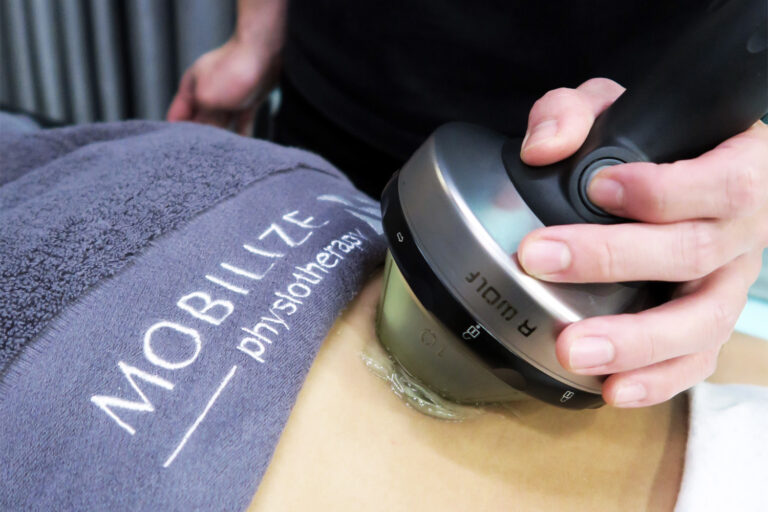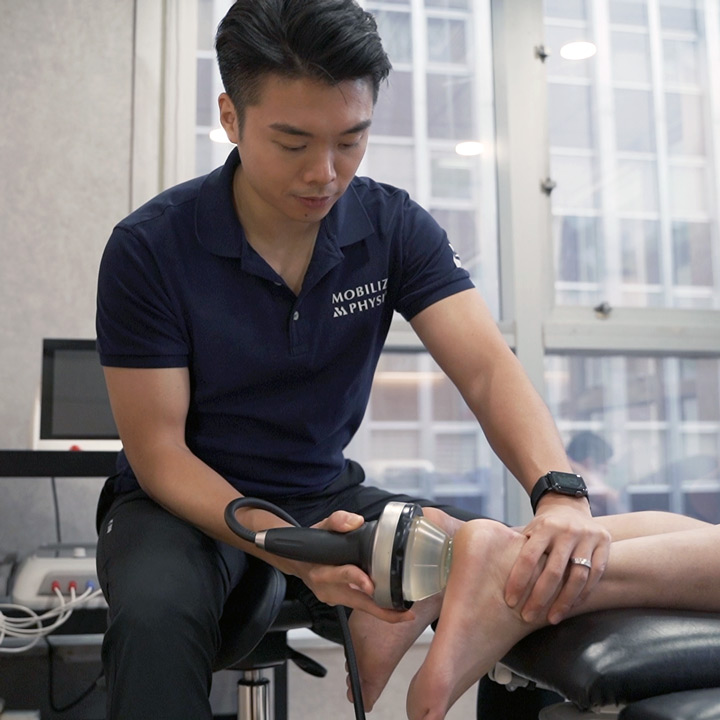
Physiotherapy Treatment
Shockwave Therapy
What is Shockwave Therapy?
Shockwave Therapy, also known as Extracorporeal Shockwave Therapy (ESWT), is a non-invasive physical treatment method. It uses high-energy electromagnetic waves emitted from a device outside the body, penetrating the skin to reach deep tissue. This therapy effectively stimulates the junctions between tendons and bones, promoting the growth of new blood vessels and improving blood circulation. By releasing growth factors, it enhances cell regeneration, facilitating tissue repair and regeneration.
Principle of Shockwave Therapy
Shockwave Therapy works by generating energy waves that penetrate the skin's surface to target injured tendons directly. This process creates micro-bubbles that disrupt adhesions, scar tissue, and even calcified or fibrotic soft tissues, promoting relaxation at the injury site. This stimulation encourages soft tissue regeneration, accelerates blood circulation, and aids in recovery. Additionally, the high-energy shockwaves can stimulate pain receptors, blocking pain transmission for immediate pain relief.
Common Conditions Treated with Shockwave Therapy
Shockwave Therapy is widely used for sports injuries and other types of chronic trauma to accelerate recovery and reduce discomfort. Physiotherapist utilize shockwave devices to treat conditions such as plantar fasciitis, lumbar strain, back pain, neck pain, tendonitis, and chronic pain in joints and soft tissues.

